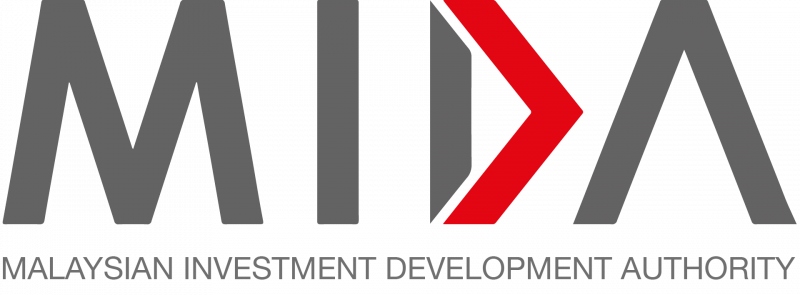The Malaysian Investment Development Authority (Mida) and the Federation of Malaysian Manufacturers (FMM) have launched MYSite Selection Portal, an innovative digital platform to transform the way industrial sites are chosen in Malaysia.
In addition to this digital platform, Mida and FMM also introduced the Malaysia Industrial Parks Directory, a comprehensive directory providing detailed information on industrial parks across the country.
Deputy Investment, Trade and Industry Minister Liew Chin Tong said Malaysia’s ambition is to build a resilient supply chain for various industries, including strategic sectors such as semiconductors.
“The MYSite Selection Portal and the Malaysia Industrial Parks Directory will facilitate this journey by enabling investors to identify the most suitable locations for their operations and leverage our strong and mature manufacturing ecosystem,” he said during the launch of MYSite and the Malaysia Industrial Parks Directory today.
Liew noted that while Malaysia has successfully attracted global supply chain players, it has done so for its ecosystem rather than the sheer number of industrial parks.
He underscored the necessity of creating resilient, horizontally linked supply chains that integrate domestic industries, ensuring Malaysia’s position as an indispensable middle link in global manufacturing.
“This approach aligns with the global shift from ‘just-in-time’ supply chain strategies to ‘just-in-case’, a move driven by recent geopolitical and pandemic-related disruptions. By embedding supply chain resilience into its industrial parks, Malaysia can attract high-value investments and safeguard its manufacturing future,” Liew said.
In line with these efforts, he said, one of the key paradigm shifts proposed is the development of livable communities within industrial parks.
“We must move from building for foreign workers to creating livable spaces for Malaysian engineers and workers,” he said, highlighting the need to reduce reliance on foreign labour and prevent the outflow of Malaysian talent to neighbouring countries such as Singapore.
With 50% of Malaysians earning less than RM2,600 per month, he stressed that wage growth must be tied to job quality and better living conditions.
“By providing affordable housing near workplaces, industrial parks can help employers offer competitive compensation packages, allowing local talent to thrive without relocating abroad,” Liew said.
Furthermore, he emphasised that industrial parks in Malaysia need to be redesigned boldly to address issues such as wage stagnation and to ensure the sustainability of the nation’s manufacturing ecosystem. “They must evolve beyond mere real estate projects and transform into supply chain integration hubs, livable communities, and places to retain talent.”
As part of efforts to attract high-value investments, Malaysia is developing a star rating system to assess and rank industrial parks nationwide.
“Scheduled for launch in 2025, this initiative aims to provide investors with a clear and transparent evaluation of industrial parks, enabling them to make more informed decisions about where to establish their operations,” Liew said.
The star rating system, currently being finalised by Mida, will consider various criteria, including infrastructure quality, connectivity, sustainability features, and readiness for Industry 4.0 technologies.
“By standardising these evaluations, the government hopes to create healthy competition among industrial parks, driving improvements in facilities and services offered to investors. This rating system will allow industries to identify the most suitable locations for their needs and ensure better alignment with Malaysia’s economic priorities. MIDA is expected to complete this work next year and officially launch it in 2025,” Liew said.
Source: The Sun
MIDA and FMM team up to launch MYSite Selection Portal, Malaysia Industrial Parks Directory
Content Type:
Duration:


